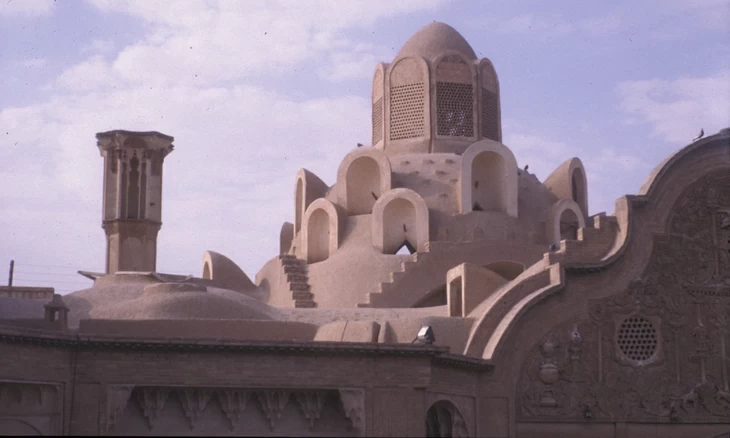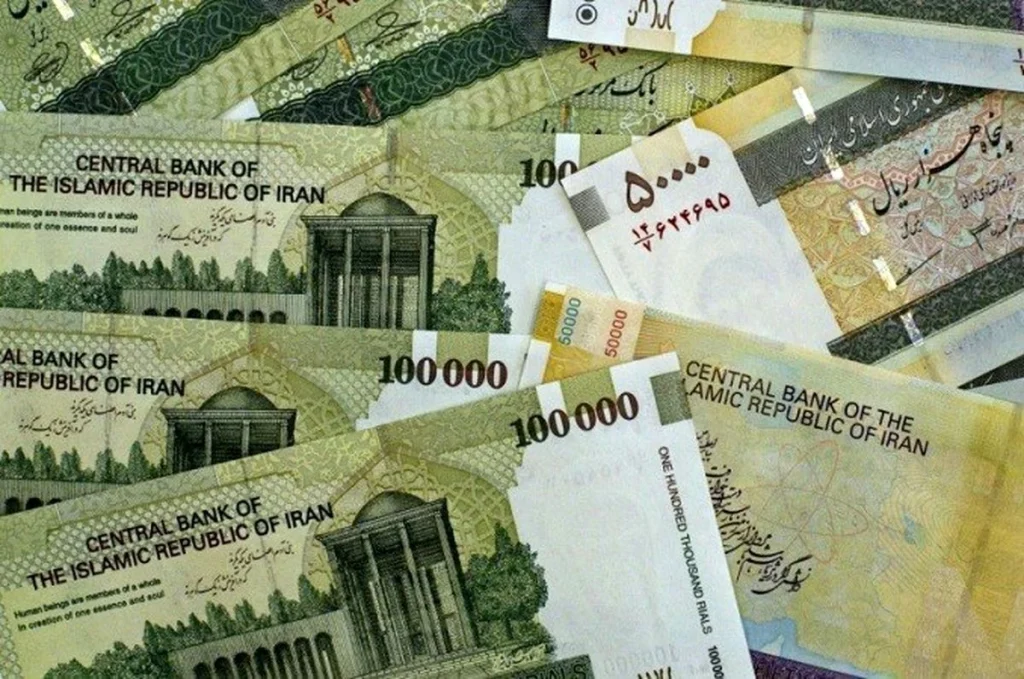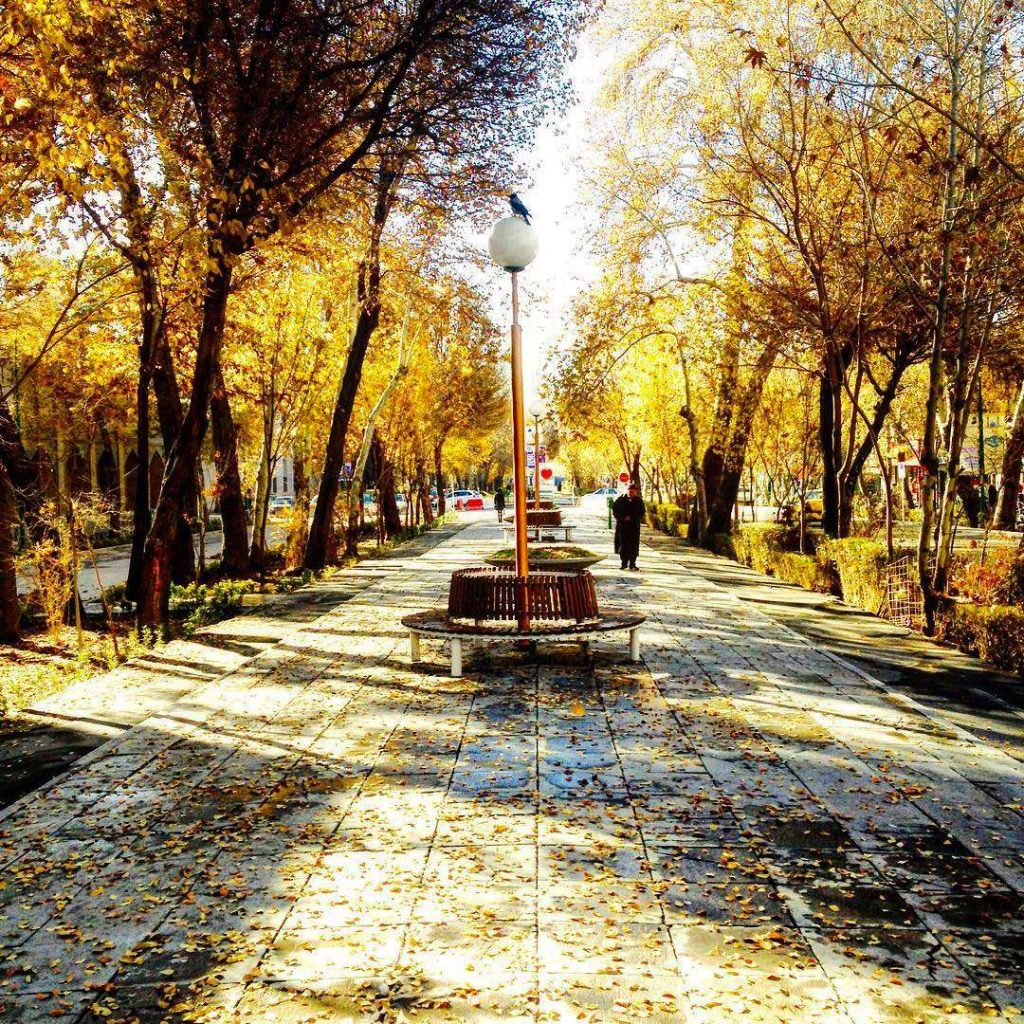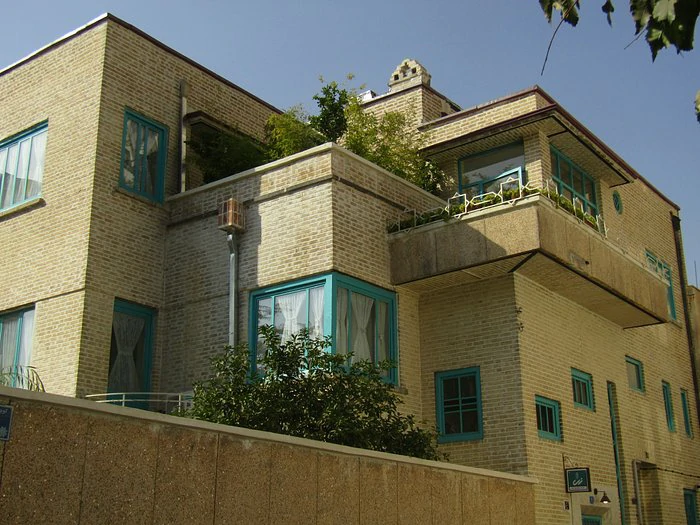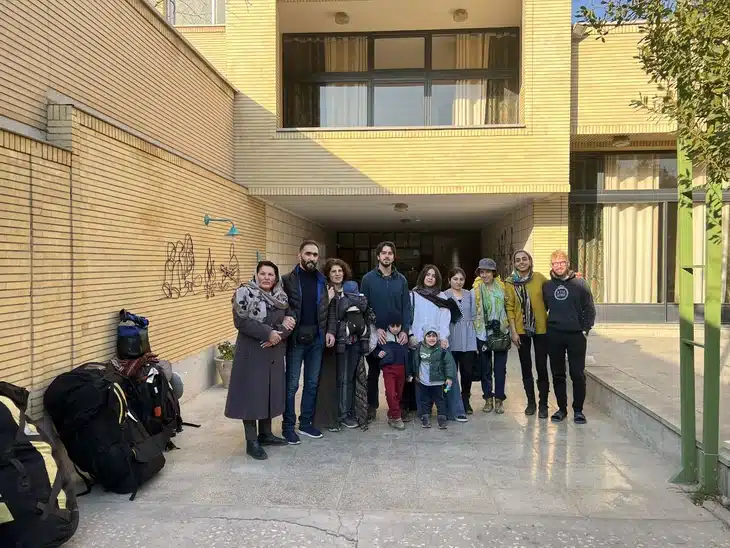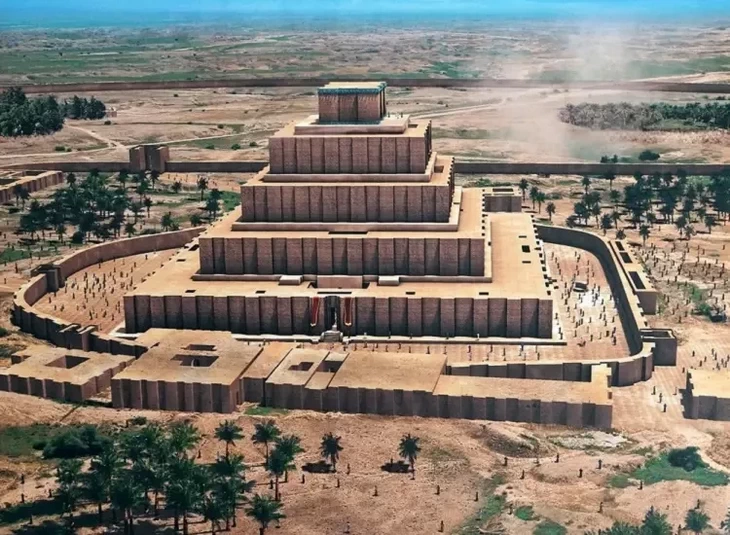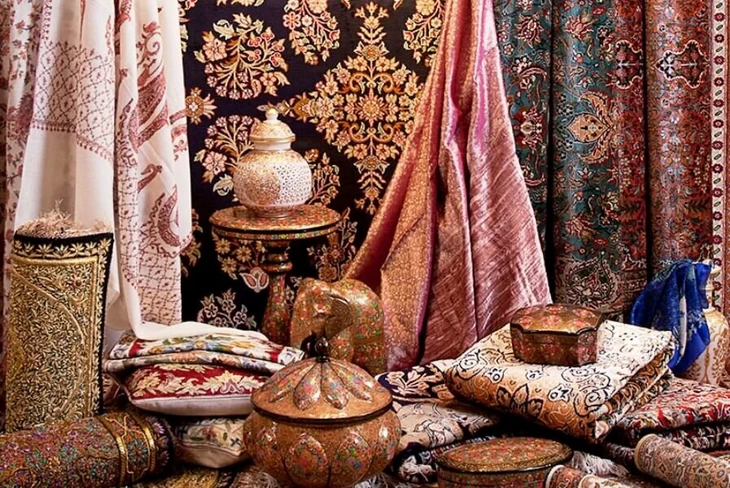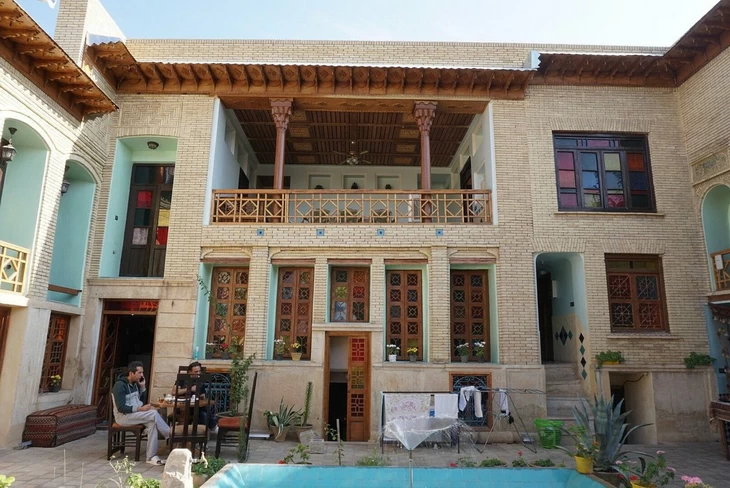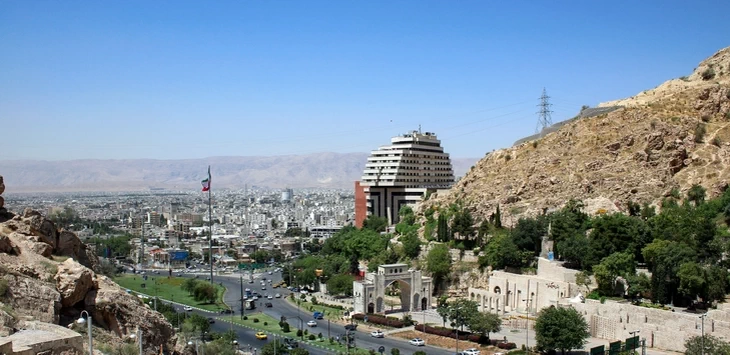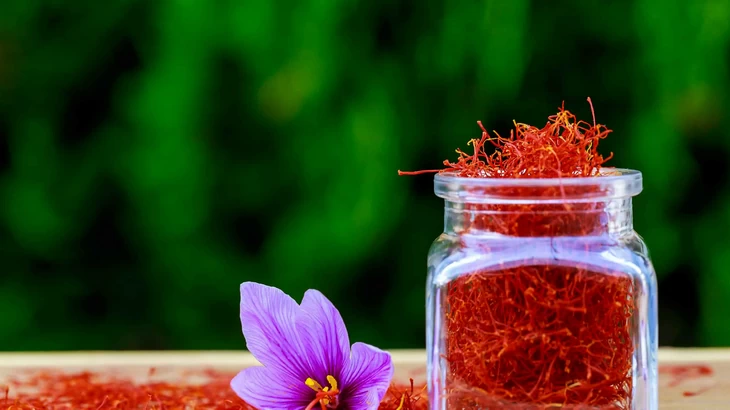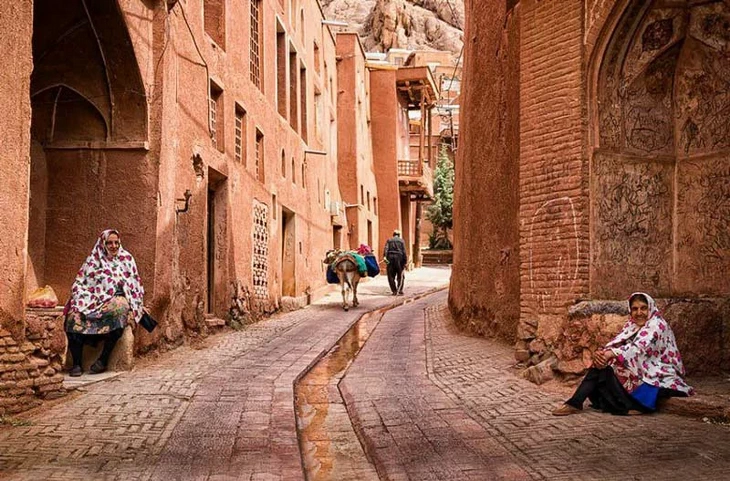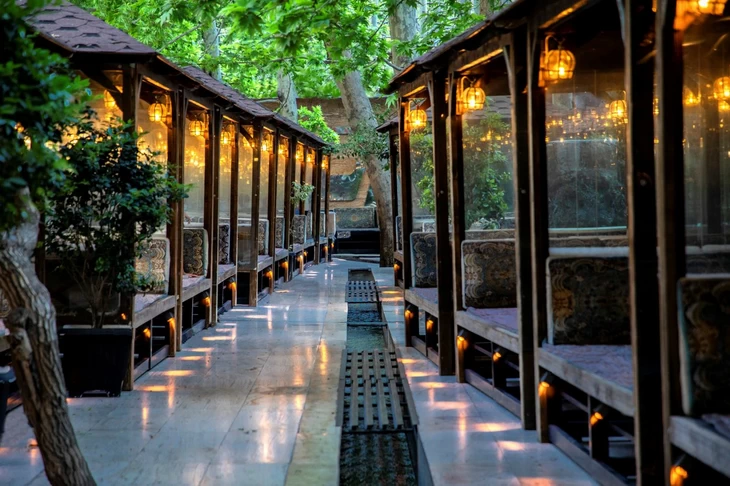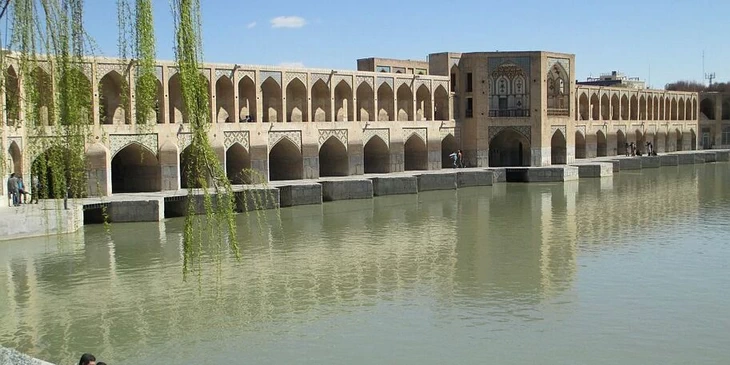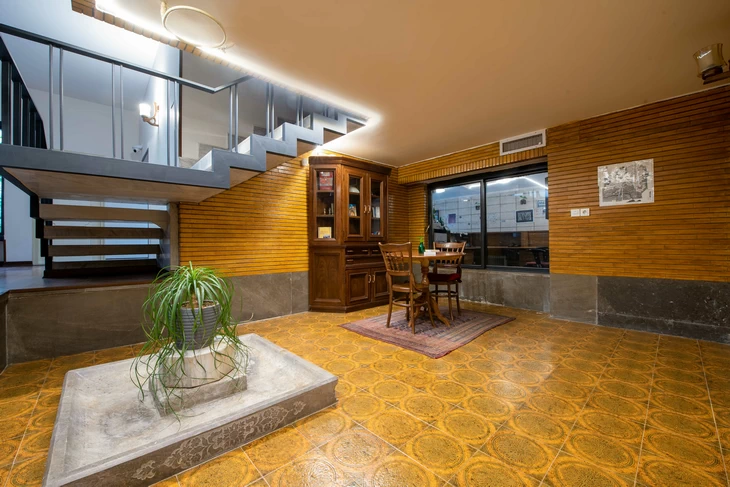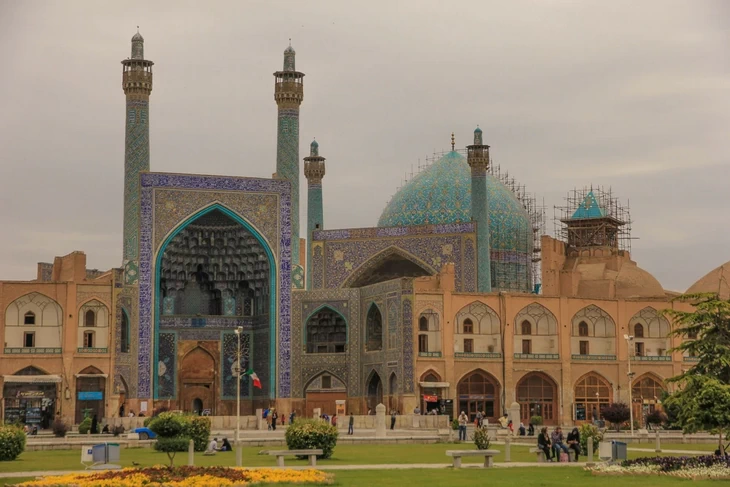Iranian Carpets: Our Ancient Craft
Iranian handicrafts are well-known to be among the finest when it comes to quality, and Iranian carpets are in a whole league of their own. Many tourists who visit Iran find it crucial not to miss out on this cultural touchstone. The only problem is, since quite a lot of effort goes into creating a fine carpet (high-quality rugs are pretty much exclusively hand-woven), they sometimes tend to be a bit more expensive than most people are looking for. In this article, we’re going to first explain a bit about the history and culture behind Persian carpets, and try to offer some insight into purchasing one.
We’d love to talk to you about Iranian culture when you come to Mahbibi Hostel, and be sure to check our Instagram, because who knows what events we may have! Also, if you’re coming to Isfahan, you can read about the best things to do in the city following this link and Isfahan hostels following this one!
One more thing, if you want to learn more about this matter, and especially if you want to know how to purchase a carpet, you can contact an expert! +989917703918
The History of Persian Carpets
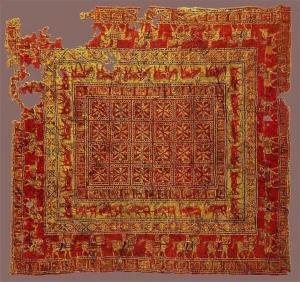
The craft of carpet weaving has existed in Iran for a long, long time now. The very oldest discovered carpet in the world which is a 2500-year-old knotted carpet found in the tomb of a Scythian king in Siberia is believed by some to be the work of Achaemenid artisans, presented to the Scythian king as a gift from our nation. More evidence of the ancient Persians’ skill in carpet weaving can be found in the words of the authors and historians of ancient Greece, such as Xenophon, who describes Persian carpets as incredibly precious diplomatic gifts.
Though fragments of carpets belonging to the Seljuq dynasty have been discovered in different regions of this empire’s reign, and although mentions of carpet weaving from the Sassanid era onwards have been found in historical texts, the finest era of the Persian carpet is undoubtedly during the reign of the Safavid Empire. This era brought with it massive changes in the design of carpets and more attention to using fine materials such as silk and even gold in their weaving.
During the Safavid era, some of the finest Iranian carpets were woven in cities that served as seats of power to the empire, cities like Tabriz, Isfahan, and Ardabil. It’s a great shame that most of these masterpieces (i.e. the Ardabil Carpet, the Hunting Carpet, the Mantes Carpet) are being exhibited in museums outside of our country, but they are certainly recognized as being some of the finest examples of the carpet weaving art out there.
Iran and the Rug Belt
Carpet weaving is an art form that famously belongs to the Orient. The Rug Belt is the term that is used to refer to a wide region spreading from Central Asia to the western edges of the Middle East and parts of North Africa, where the world’s finest Oriental Rugs are produced. Being an essential part of the Rug Belt, Iran has both influenced and been under the influence of the carpet weaving of countries such as China, Turkmenistan, Afghanistan, Morocco, Turkey, and many more.
The Technique
Iranian carpets are traditionally woven by hand, in a pretty complex system. The base of the carpet waving process is what is called the wrap, it is the framework for the carpet and is created by vertically tying cotton threads to the ends of a loom. The other essential parts are the wefts, which are the horizontal threads that make up the other half of the framework. Finally, threads from the chosen material (whether it’s cotton, silk, wool, or anything else) are woven through the wefts and wraps, starting from the bottom of the loom.
The Different Types of Persian Rugs
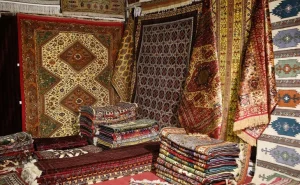
That being said, Persian carpets are rather varied when it comes to structure, and naturally, different types of rugs may require the use of variations of the base technique. The following are just a few of the most common and the most popular types of carpets out there.
Ghali
The Ghali is probably the most standard version of the image that comes to mind when talking of a rug. As far as the size goes, a Ghali is usually at least 200 * 300 centimeters wide and is perfect for covering the floor of your living room.
Ghalicheh
The suffix “-cheh” in the Persian language is used whenever we want to convey the meaning of a small version of the word that comes before it -kind of like the suffix -ette in English. So, a Ghalicheh is essentially a small Ghali.
Flat-woven Carpets
Flat-woven carpets are kind of the signature of nomads. These carpets are produced by weaving different-colored and patterned wefts into the wraps. Flat-weaves are offered in many different variations, but the following two are the most popular ones.
Kilim (Gelim)
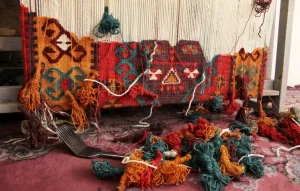
The Kilim or Gelim (sometimes also referred to as Plas) is perhaps among the most ancient types of flat-woven Persian carpets. They are often somewhat simpler in design than the Ghalis and the like and have more geometric motifs.
Jajim
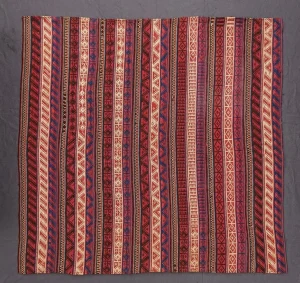
Another incredibly popular type of flat-woven carpet that is especially popular among different nomadic people in Iran, Azerbaijan, and Turkey is Jajim. It is identified by its rainbow-like vertical stripes.
Tips on Buying a Persian Carpet
You have to have an eye for recognizing the value of a Persian carpet, so it’s recommended to use the aid of someone qualified in that regard.
Keep reading our blogs to learn more about Iran! And read our latest blog about Iranian handicrafts!


